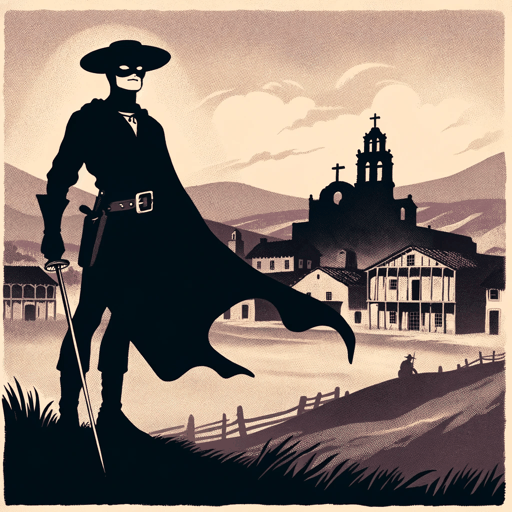49 pages • 1 hour read
Isabel AllendeZorro
Fiction | Novel | Adult | Published in 2005A modern alternative to SparkNotes and CliffsNotes, SuperSummary offers high-quality Study Guides with detailed chapter summaries and analysis of major themes, characters, and more.
Summary and Study Guide
Overview
Zorro, first published in 2005, is a historical fiction novel by the Chilean writer Isabel Allende. Taking the form of a biography or bildungsroman, Zorro is the first work to chronicle the origins of Zorro, a fictional character created by American pulp writer Johnston McCulley in 1919.
Set against the backdrop of Spanish colonialism at the turn of the 19th century, the novel details the events that led the protagonist, Diego de la Vega, to become the masked vigilante known as Zorro. The novel explores themes of heroism, class, colonialism, and justice. Zorro was originally published in Spanish with the title El Zorro: Comienza la leyenda (Zorro: The Legend Begins), followed by English translation by Harper-Collins.
This study guide refers to the 2006 Harper Perennial English edition.
Content warning: The novel depicts graphic violence, sexual assault, and racism. Note also that the original text uses incorrect, outdated terminology for Romani and Indigenous people. Except in direct quotes, this guide has changed that language to better reflect the groups’ identities.
Plot Summary
The novel is recounted in the third person by a narrator who is eventually identified as the protagonist’s friend Isabel de Romeu. The story begins in 1790 in California as an Indigenous uprising threatens Padre Mendoza’s mission in San Gabriel. A Spanish soldier, Captain Alejandro de la Vega, helps defend San Gabriel. Afterward, he falls in love with the leader of the uprising, a woman named Toypurnia from the Shoshone tribe. After being captured in the battle, Toypurnia is baptized as Regina and enters the service of Eulalia de Callís, the wife of the regional governor. A few years later, she marries de la Vega, who retires from military service to become a hacienda owner and, later, an alcalde.
De la Vega and Regina have a son, Diego. Diego is born on the same day as Bernardo, the son of an Indigenous convert named Ana whom Regina has befriended. Diego and Bernardo grow up together and become inseparable. They share a love of adventure but also a strong sense of justice and find themselves involved in various escapades together. Diego himself is raised in two different worlds, acquiring from his father the traditional education of a Spanish hidalgo while his mother instills in him an appreciation of Shoshone values and customs.
While Diego and Bernardo are still children, the de la Vega hacienda is raided by pirates. Diego and Regina are injured but manage to hide. Ana conceals Bernardo, but she is raped and murdered as Bernardo watches. Following the incident, the traumatized Bernardo stops speaking. Soon afterward, he meets the Indigenous girl Light-in-the-Night, who becomes his sweetheart and eventually his wife.
When Diego and Bernardo are teenagers, Regina’s mother White Owl puts them through an initiation test. The boys discover their spirit guides: Bernardo’s is a horse, while Diego’s is a fox (zorro in Spanish). When Diego is 15, his father sends him to French-occupied Spain to complete his studies in Barcelona. Accompanied by Bernardo, Diego crosses the Atlantic. In Barcelona, Diego and Bernardo stay with Tomás de Romeu, an old friend of Alejandro de la Vega. They meet de Romeu’s two daughters, Juliana and Isabel. Diego is quickly enamored with Juliana, though his feelings are unrequited. While pursuing Juliana, Diego continues his studies and hones his prodigious fencing skills under the famous maestro Manuel Escalante.
Diego meets Rafael Moncada, a young man from a wealthy and important family who becomes his main rival for Juliana’s affections. Diego clashes with the deceitful and petty Moncada on several occasions and even humiliates him in a duel. Diego’s courage and his fencing prowess, meanwhile, impress his teacher Manuel Escalante, who reveals that he is a member of La Justicia, a secret organization devoted to upholding justice and fighting oppression. At Escalante’s invitation, Diego is initiated into the organization, choosing “Zorro” as his codename. Soon after, Diego dons the mask of Zorro to rescue a group of Romani whom he befriended, sneaking into the home of the head of the French government in Barcelona and forcing him to authorize the prisoners’ release. Before making his escape, the disguised Diego identifies himself as “Zorro” and carves a letter Z into the wall.
Moncada eventually asks de Romeu for Juliana’s hand in marriage and even tries to tip the scales in his favor by paying a few Romani to “rob” Juliana, Isabel, and Nuria so he can pretend to save them. However, Juliana learns of Moncada’s deceit and refuses him. Meanwhile, the political climate shifts after Napoleon loses power and the French leave Spain. Under the new regime, Escalante and eventually de Romeu are arrested. Diego manages to save Escalante with the help of La Justicia. De Romeu, however, is less fortunate. Juliana promises Moncada that she will marry him if he uses his influence to secure her father’s release. When Moncada fails in this task, Diego appeals to Eulalia de Callís, Moncada’s aunt, who knew his parents in the Americas. Eulalia cannot save de Romeu, who is to be executed for treason, but she does offer to help his daughters Juliana and Isabel flee Spain. Before the sisters leave Barcelona, Moncada offers his protection to Juliana if she will become his mistress. When Juliana refuses, Moncada sexually assaults her, but Diego and Isabel intervene and restrain him.
Diego, Juliana, Isabel, and Nuria flee north, hoping to find a ship bound for California from La Curaña. They travel part of the way with Diego’s Romani friends. They stow away on the ship that brought Diego to Spain five years before, whose captain is also a member of La Justicia. The ship encounters severe storms and is eventually captured by the pirate Jean Lafitte. Lafitte takes Diego and the de Romeu sisters hostage and keeps them in his home on Grand Island while waiting for Alejandro de la Vega to ransom them. There is an instant attraction between Juliana and Lafitte, but Juliana is upset to discover that Lafitte is already married to Catherine, a Creole woman. Juliana and Isabel soon manage to buy their freedom—as well as that of a shipment of enslaved Africans—with the jewels they smuggled with them from Spain. Catherine’s mother reveals to Juliana that Catherine is already dead and that her spirit has chosen Juliana to marry Lafitte and act as stepmother to her infant son. Lafitte frees Diego and Isabel, while Juliana, much to Diego’s dismay, stays behind as the pirate’s wife.
Diego reaches California with Isabel and Nuria. He meets Bernardo and Padre Mendoza, from whom he learns of the atrocities that in the wake of Moncada’s arrival in California: Not only has Moncada imprisoned Diego’s father Alejandro for treason and confiscated his property, but he has also initiated an illegal pearl trade, using captured Indigenous people as slave labor. With the help of Bernardo and some of the Indigenous people, Diego dons the Zorro disguise and frees his father and the imprisoned Indigenous people. Diego is arrested by Moncada, but he is rescued by two figures disguised as Zorro who turn out to be Bernardo and Isabel. As Zorro, Diego returns to the hacienda, overpowers Moncada, and forces him to sign a confession of treason that he threatens to send to the Spanish king unless Moncada leaves California immediately. Following Moncada’s departure, Diego, Bernardo, and Isabel vow to fight injustice as Zorro.
Related Titles
By Isabel Allende
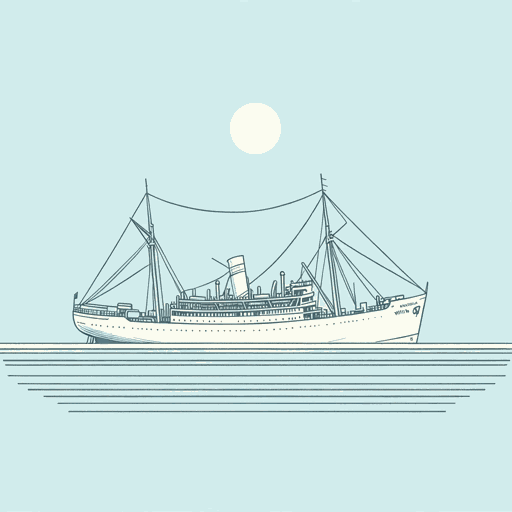
A Long Petal of the Sea
Isabel Allende

And of Clay Are We Created
Isabel Allende
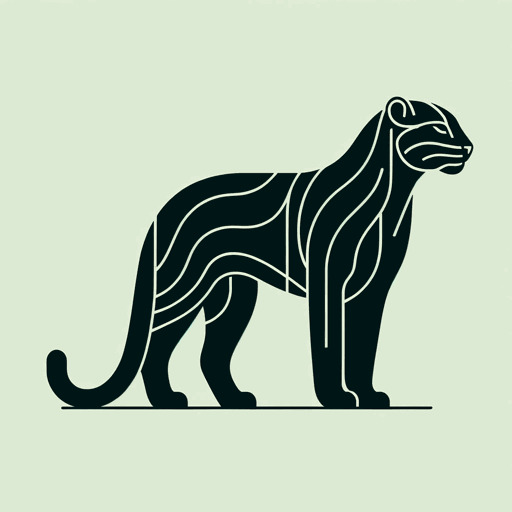
City of the Beasts
Isabel Allende
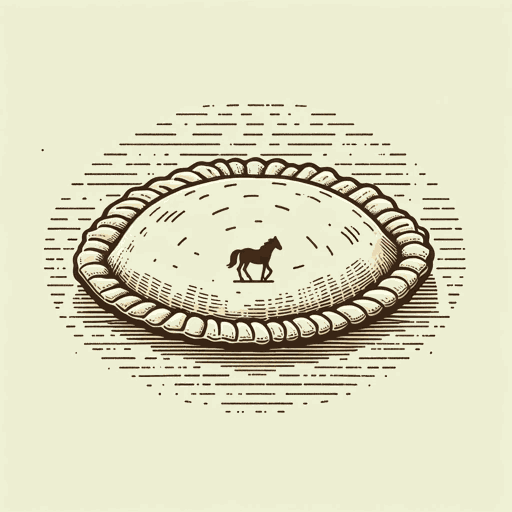
Daughter Of Fortune
Isabel Allende
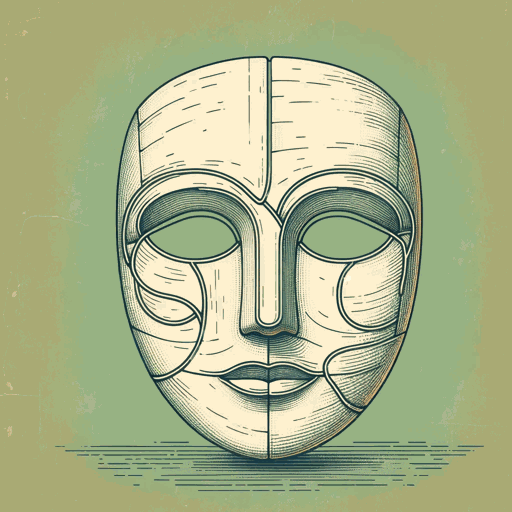
Eva Luna
Isabel Allende, Transl. Margaret Sayers Peden

In the Midst of Winter
Isabel Allende

Island Beneath the Sea
Isabel Allende

Maya's Notebook: A Novel
Isabel Allende

Of Love and Shadows
Isabel Allende

Paula
Isabel Allende

Portrait in Sepia
Isabel Allende

Ripper
Isabel Allende

The House of the Spirits
Isabel Allende

The Japanese Lover
Isabel Allende

The Stories of Eva Luna
Isabel Allende

The Wind Knows My Name
Isabel Allende

Two Words
Isabel Allende

Violeta
Isabel Allende
